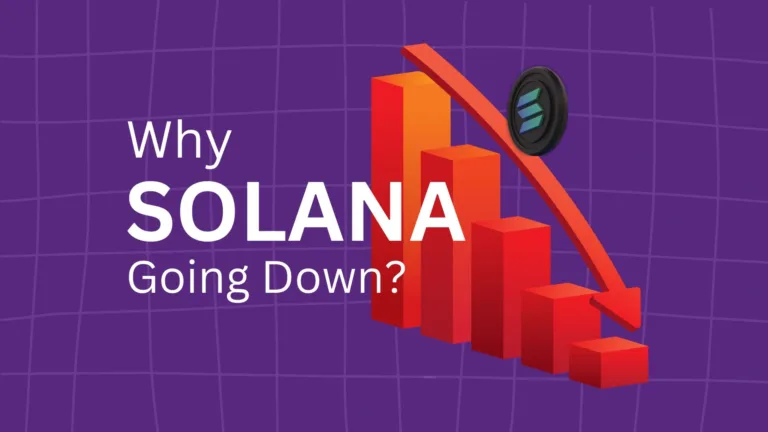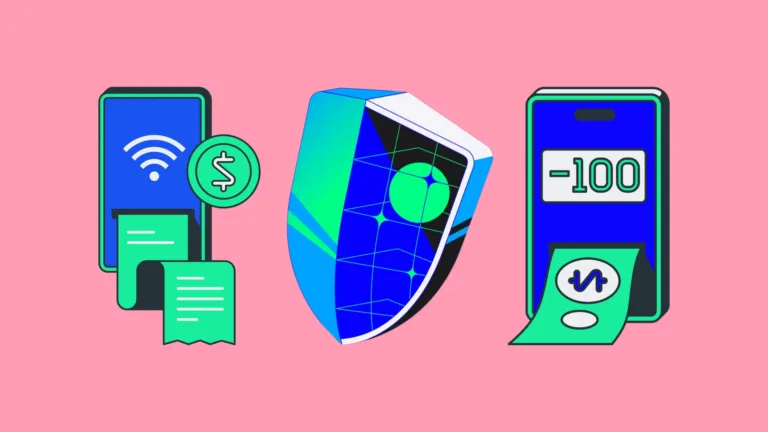From Zero to Pro: Bitcoin Trading Strategies to Stay Calm and Profit
Trading Bitcoin isn’t just about chasing money—it’s a thrill ride. Imagine being on a roller coaster: fast, unpredictable, and full of ups and downs.
If you’re not ready, it can leave you dizzy and broke. But for those who get how it works, it’s one of the most exciting ways to grow your money.
Principal Conclusions
Hide-
Know the difference between trading and investing—don’t confuse short-term action with long-term goals.
-
Master technical analysis—indicators like MA, RSI, and MACD are your go-to tools.
-
Always manage your risk—use stop-loss and take-profit to protect your capital.
-
Stay emotionally in control—follow your plan, not your impulses.
-
Choose a reliable platform—security, fees, and features matter more than flashy ads.
So, if you’re curious about how to make it work without falling into the classic newbie traps, here’s a full breakdown of real strategies, practical tips, and mindset shifts to help you profit consistently, not just survive.
Trading vs. Investing: Know the Difference, Don’t Just Follow the Hype
Before you start staring at charts or placing orders, there’s one thing you need to get straight: trading and investing are two very different games.
-
Trading Bitcoin means trying to profit from short-term price swings. You might hold a position for hours, days, or maybe a week max. It’s fast, it’s technical, and it demands focus.
-
Investing in Bitcoin, on the other hand, is more about patience. You buy, you hold, and you wait—months or even years—betting that the price will rise over time.
If you’re someone who loves analyzing charts, spotting patterns, and making quick calls, trading might be your vibe. But if you’d rather chill and watch the market slowly work in your favor, long-term investing is more your speed.
Essential Trading Tools: Technical Analysis & How to Read the Charts
Trading without technical analysis is like driving blindfolded—you’re just waiting to crash. Learning how to read charts and indicators is non-negotiable if you want to win in this game.
Here are some must-know tools every trader should master:
-
Moving Averages (MA)
This is your trend detector. A 50-day MA crossing above the 200-day MA (a golden cross) usually means an uptrend is coming. A death cross? Warning sign—it might drop. -
RSI (Relative Strength Index)
This measures if Bitcoin is overbought or oversold. Above 70? Too many buyers, a correction might come. Below 30? Could be undervalued and ready to bounce. -
MACD (Moving Average Convergence Divergence)
It confirms momentum. If the MACD line crosses above the signal line—bullish vibes. If it drops below—watch out. -
Support and Resistance
Think of these as price boundaries. Support is where prices often bounce up, resistance is where they hit a ceiling. Perfect for setting your entry and exit levels.
| Indicator | What It Does | Key Signal |
|---|---|---|
| MA (50 & 200) | Tracks the trend | Golden Cross (Bullish), Death Cross (Bearish) |
| RSI | Shows market exhaustion | >70 = overbought, <30 = oversold |
| MACD | Confirms momentum | Line crossover = movement ahead |
Risk Management: Protect That Capital Like Your Life Depends on It
Trading isn’t just about making gains—it’s about controlling losses. Real talk: you can’t win big if you don’t know how to manage risk.
Here’s how pro traders protect their bankroll:
-
Stop-Loss (SL)
It’s your emergency brake. Say you set a stop-loss at 2%—if the price drops that much, the trade closes automatically. You live to trade another day. -
Take-Profit (TP)
The opposite of SL. TP lets you lock in your wins at a set point. It keeps you from getting greedy and losing what you already earned. -
Position Sizing
Never go all-in on a single trade. Use only a small slice of your capital (1–5%) per trade. This way, even if one trade fails, you’re not wiped out.
One more thing: you’re not fighting the market—you’re surfing its waves. Learn when to ride and when to get off.
Trading Psychology: Your Brain Might Be Your Biggest Enemy
Most traders lose not because their strategy sucks, but because their emotions hijack their logic. Fear of missing out (FOMO), greed, panic, and overconfidence—these mental traps can wreck you.
How to stay mentally sharp:
-
Have a Clear Trading Plan
Know your entry, exit, stop-loss, and TP before you enter any trade. No winging it. No impulsive moves. -
Keep a Trading Journal
Write down every trade—why you made it, how it ended, and what you learned. Reflection helps you grow and fine-tune your edge. -
Be Okay With Losing Sometimes
This game is about probabilities, not guarantees. Don’t expect to win every trade. Your focus should be on long-term outcomes, not short-term wins.
Trading isn’t a sprint—it’s a marathon. The most disciplined and emotionally stable traders are the ones who last.
Choosing the Right Platform: Your Trading Home Base Matters
Don’t just sign up on any random platform. Where you trade matters a lot. It needs to be secure, responsive, and packed with the tools you need.
Here’s what to look for:
-
Liquidity
High trading volume means faster execution and less price slippage. More liquidity = smoother experience. -
Transaction Fees
Every trade comes with a fee. Compare maker and taker fees across platforms. If you trade often, small fees can add up big time. -
Security & Reputation
Look for exchanges with strong security measures—like 2FA, cold wallet storage, and regular audits. Bonus points if they offer fund insurance. -
Bonus Features
Some platforms offer advanced charting tools, trading bots, and instant alerts. These extras help you react faster and smarter.
Final Thoughts: Trading Is a Skill, Not a Guessing Game
If you’re serious about trading Bitcoin, don’t just copy people or jump in on hype. Trading is a mix of knowledge, psychology, and discipline.
You’ve got to understand the basics, build a solid strategy, manage your risk, stay emotionally in check, and pick the right tools.
Most importantly? Keep learning and leveling up. The market teaches you something new every day. As long as you grow from your wins and your losses, you’re always leveling up.
You don’t need to win every trade—but if your winners are bigger than your losers, you’re doing it right.
Trade smart. Stick to logic. And always remember: money can be replaced, but your peace of mind? That’s priceless.
Frequently Asked Questions (FAQs)
What’s the main difference between trading and investing in Bitcoin?
Trading is about short-term price moves and fast profits. Investing is long-term—buy, hold, and wait for major price growth.
What’s a good stop-loss level for beginners?
Most experts suggest 1–2% of your total capital per trade to limit your downside while staying in the game.
Which technical indicators are most important?
Start with the basics: Moving Averages (MA), RSI, and MACD. These three give you a solid view of market trends, strength, and turning points.
How do I deal with FOMO when Bitcoin pumps?
Stick to your written trading plan. If it’s not in the plan, don’t chase it. Also, keep a journal to help detach emotions from decisions.
What’s the best platform for beginners?
Look for ones with high liquidity, low fees, and strong security—like Binance, Coinbase, or Kraken. Start with a demo account if they offer it!







